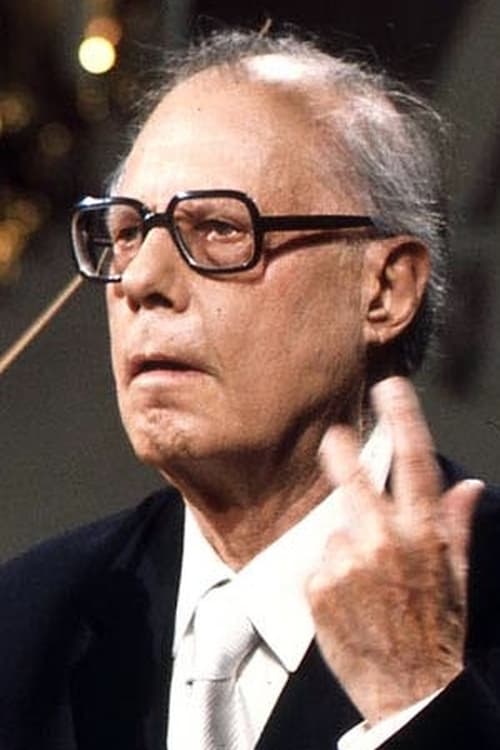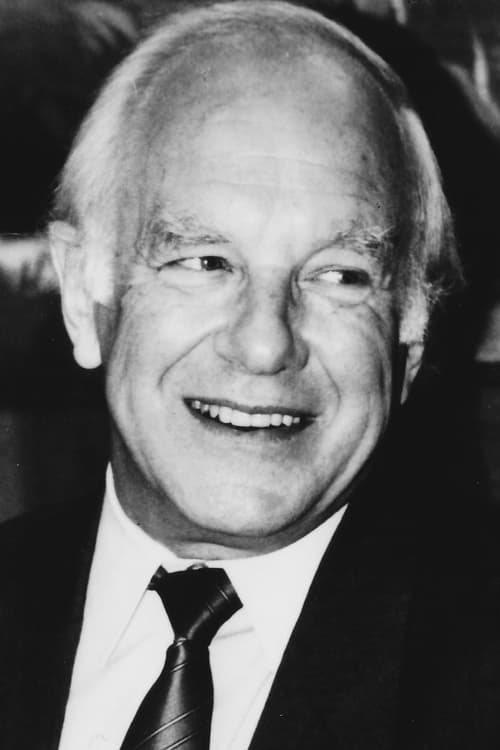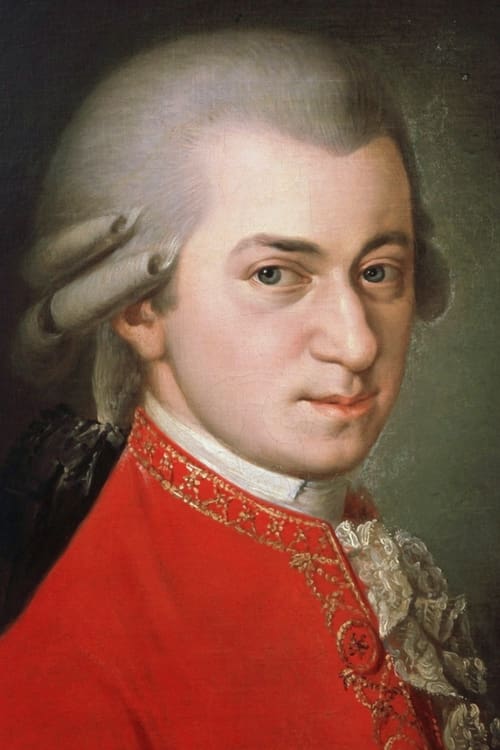Mozart Symphonies Vol. I - Nos. 29,34,35,40,41 and Minuet K.409 (1978)
Género : Música
Tiempo de ejecución : 2H 13M
Director : Hugo Käch
Sinopsis
There are only a couple of DVD recordings of Mozart's Symphony No. 40. Fortunately, this one by Karl Bohm, recorded live in Vienna's Musikvereinssaal, is excellent, as are the other Mozart symphonies on this DVD. Since this disc offers three of the big six last symphonies of Mozart, Nos. 35 (Haffner), 40, and 41 (Jupiter), plus two more, it is an outstanding value. Despite the age of the recordings (1973-74), both the sound and the video are quite good.

The evocative music of Claude Debussy has been described as the foundation of modern music. But how did the composer come to develop his unique style? On this video, maestro Francois-Xavier Roth and the London Symphony Orchestra present the UK premiere of a previously lost work by the young Debussy, alongside some of his earliest inspirations. Debussy's newly discovered Premiére Suite gives a rare insight into the mind of a young composer on the cusp of innovation. It's a work filled with Romantic and Eastern influences and glimpses of the unexpected harmonies that came to define Debussy's work. Paired alongside the composer's role models - from Wagner's powerful intertwining motifs, the abundant Spanish influences in Lalo's rarely-heard Cello Concerto performed here by Edgar Moreau, and Massenet's majestic Le Cid - Francois-Xavier Roth gives a fresh perspective on the much-loved composer.

Repertoire
Modest Mussorgsky: Night on Bald Mountain; Antonín Dvořák: Song to the Moon from “Rusalka”, Op. 114; Aram Chatschaturjan: Adagio from “Spartacus”; Richard Strauss: Final Scene from “Capriccio”, Op. 85; Richard Wagner: Overture to “Rienzi, der Letzte der Tribunen”; E. W. Korngold: Mariettas Lied from “Die tote Stadt”; Richard Strauss: Zueignung, Op. 10 No. 1; Sir Edward Elgar: Salut d’amour; Giacomo Puccini: Donde lieta uscì from “La bohème”; Tu che di gel sei cinta from “Turandot”; Ruggero Leoncavallo: Musette svaria sulla bocca viva from “La bohème”; Mimì Pinson, la biondinetta from “La bohème”; Piotr Tchaikovsky: “Romeo and Juliet” (Fantasy Overture)

El concierto de la noche de verano de la Filarmónica de Viena es el concierto anual clásico al aire libre más grande del mundo que se desarrolla en el mágico parque barroco del palacio de Schönbrunn en Viena. El concierto tendrá lugar el 31 de mayo de 2018 y su tema para este año es 'An Italian Night'. El concierto se transmite por televisión y radio en más de 60 países, y por lo tanto llega a una audiencia de millones. El repertorio de la noche es una atractiva combinación de obras extremadamente populares para orquesta, como William Tell Overture, la Marcha de la ópera Aida y el Intermezzo de Cavalleria Rusticana, así como famosas arias soprano como Vissi d'arte, vissi d'amore de Opera Tosca. ¡Valery Gergiev vuelve a dirigir el Concierto de la noche de verano y se une a la estrella Soprano Anna Netrebko en lo que promete ser uno de los conciertos más populares de este año!

The New Year’s Concert live from Vienna is one of the world’s most famous and spectacular classical music events. It was be broadcast on TV and radio and reaches over 90 countries around the world with more than 40 million viewers. Broadcast on BBC2, New Year’s Day, 10:15am, Highlights broadcast on BBC2, New Year’s Day, 7pm. The annual New Year's Day Concert in Vienna has been a major event for more than eight decades. The resulting recordings with works from the Strauss dynasty and their contemporaries are among the classical market's most important releases. In 2018, Riccardo Muti returns to conduct the New Year's concert for the 5th time! Muti has conducted the world famous Vienna Philharmonic Orchestra more than 500 times, which has created a special relationship and connection with the orchestra, resulting in a fantastic sound.

The Waldbühne in Berlin, one of the most appealing outdoor amphitheatres on the European continent, is the home of the Berliner Philharmoniker’s summer concerts. With over 20.000 in attendance, they are some of the most popular classical music concerts in the world. In 2015 the Berliner Philharmoniker surrounded themselves with plenty of celebrities, including not only conductor Sir Simon Rattle, but also many figures from film history: Indiana Jones, Robin Hood, Ben Hur and many more. They were all brought to life musically when the orchestra performed some of Hollywood’s most famous film music. With film music from Star Wars, Indiana Jones, E.T. composed by John Williams. Live from the Waldbühne Berlin, 2015.
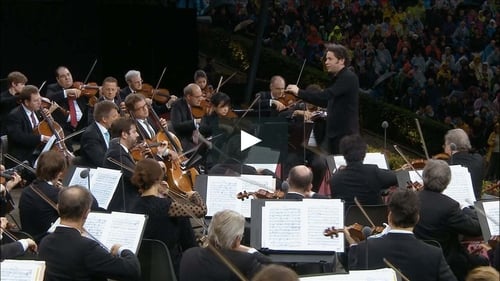
Vista generalPara su concierto anual de fin de temporada, la Filarmónica de Berlín lleva a la audiencia a un viaje mágico y de ensueño a través del río Rin con la amada tercera sinfonía renana de Schumann. Piezas de Der Ring des Nibelungen de Wagner bajo la batuta del dinámico director Gustavo Dudamel completan esta noche. Repertorio
Robert Schumann: Sinfonía n. ° 3 en mi bemol mayor
Richard Wagner: Einzug der Götter en Walhall (de Das Rheingold), Siegfrieds Rheinfahrt (de Götterdämmerung), Marcha fúnebre (de Götterdämmerung), Waldweben (de Siegfried), Walkürenritt (de Die Walküre), Isoldes Liebestod (de Tristan) Preludio 3. Acto (de Lohengrin) Filarmónica de Berlín
Gustavo Dudamel

For Mahlerites, his symphonies are much more than musical performances--they can be an emotional or spiritual journey through the struggles, fears, and triumphs of life. This Sixth Symphony is a 1976 performance in the Vienna Musikvereinssaal with PCM stereo and DTS 5.1. The 2 dvd set also includes the 4th and 5th symphonies, which are performed as magnificently as the Sixth.

In the 1960s Karl Böhm (1894–1981) had made his mark as interpreter of Mozart with the the Berlin Philharmonic. Yet his recordings with the Vienna Symphony demonstrate a mutual sympathy and deep love for this timeless music. The musicians are razor-sharp in attack, harmony, and release. Böhm's style is minimalist: a firm downbeat, a ruffled hand here and there, a slight sway, no mugging. Occasionally, when quite excited, he gives a little hop but immediately pulls himself on a tight leash.

This is one of the most important recordings of the 20th century, both for its content (considered by many the greatest cello music of all time) and for the intense devotion, careful preparation, and towering technical skill that went into the project. It was a brilliant idea to make a video as well as an audio recording. Cellists will welcome the chance to study Rostropovich's bowing and fingering techniques, close up and at leisure. And music-lovers will welcome the visuals of the recording location, a French church whose architecture, statues, and flickering candles complement the music.
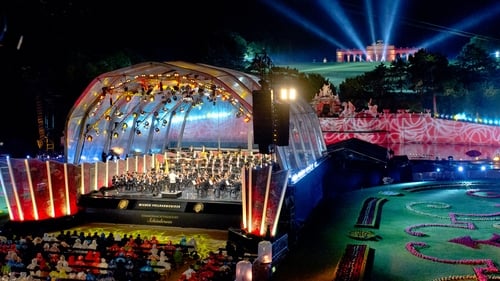
La reconocida orquesta presenta el concierto anual clásico al aire libre más grande del mundo en vivo desde su ciudad natal, Viena, Austria, el jueves 29 de mayo de 2014. El Concierto de la noche de verano con la Filarmónica de Viena es un evento anual al aire libre que tiene lugar en el entorno mágico de El Schönbrunn Palace Park en Viena con el palacio como un magnífico telón de fondo. Todos están invitados a venir a esta ocasión única con entrada gratuita. Cada año, hasta 100,000 personas pueden recibir la invitación o disfrutar de la radio y la televisión en más de 60 países.

Claudio Abbado dirigió las sinfonías de Beethoven en muchas ocasiones con la Filarmónica de Berlín. Pero solo al final de su mandato, como director titular de la Berliner Philharmoniker, decidió interpretar las sinfonías completas. Se dejó al público de su Italia natal presenciar estos conciertos, en febrero de 2001, en la Accademia Nazionale di Santa Cecilia en Roma.

"Four Ways to Say Farewell" is a personal introduction to Mahler and his Ninth Symphony, during which Leonard Bernstein is seen and heard rehearsing the Vienna Philharmonic Orchestra. Filmed in 1971, this rehearsal was directed by Humphrey Burton,

The New Year’s Gala Concert is a tradition for the Berliner Philharmoniker and its music director, Sir Simon Rattle. This 2011 concert, Dances and Dreams, has a theme of dances (two Dvorak Slavonic Dances, Stravinksy’s Firebird Suite, Grieg’s Symphonic Dance, Richard Strauss’s Dance of the Seven Veils, and Brahms’ Hungarian Dance No. 1) and dreams (Ravel’s Alborado del Gracisoso and the famous Grieg Piano Concerto in A minor). This generous mix of romantic and impressionistic music shows off the magnificent Berlin ensemble at its best. It is also great to see star pianist Evgeny Kissin at the keyboards.

The 2019 New Year's Concert will be conducted for the first time by Christian Thielemann. A native of Berlin, Thielemann has been a regular and welcome guest of the Vienna Philharmonic since 2000, with the result that his first New Year s Concert may be seen as setting an example and providing an appropriate tribute to his previous work with the orchestra. According to the orchestra s chairman, Daniel Froschauer, orchestra and musicians trust each other completely: "The profound musical understanding and trust that have existed from the outset and that have always functioned perfectly have subsequently borne remarkable fruit in the symphonic repertory as well."

Beginning with the First Symphony, Bernstein reveals Mahler's position at the hinge of modernism, while emphasizing his emotional extremism. The uplifting Second "Resurrection" Symphony, with which Bernstein had an especially long and close association, is recorded here in a historic performance from 1973, set in the Romanesque splendor of Ely Cathedral. In the Third, Bernstein encompasses the symphony's spiritual panorama like no other conductor, with the Vienna Philharmonic players alive to every nuance.
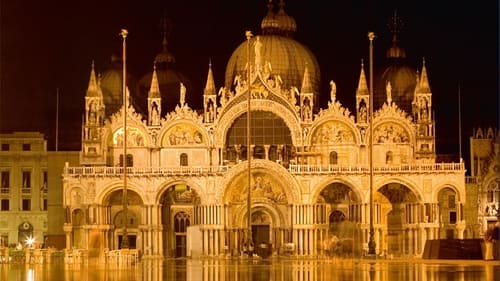
The production itself is quite beautiful: recorded in the Basilica di San Marco in Venice in November 2007, it highlights the cathedral's splendor, the reverent audience, the soloists, orchestra and chorus with near-perfect cinematography. The soundtrack is also acceptable, which may have been quite a task to achieve, given the Basilica's over-reverberant acoustics. Alas, the performance itself does not rise to the occasion. Despite the occasional minor insecurity in ensemble and a visible lack of joy, the Symphonica Toscanini musicians play well, the Coro del Maggio Musicale Fiorentino members sing equally well, and the soloists are more than adequate, almost tangibly trying to excel.

The Berliner Philharmoniker’s European Concert, held each year on 1 May, is invariably an international highlight. Performing in 2008 in Moscow's renowned Tchaikovsky Conservatory, the orchestra under Sir Simon Rattle presented outstanding performances of works by Beethoven, Stravinsky and Bruch, whose Violin Concerto featured one of today’s most fascinating artists, the Russian violinist Vadim Repin. Repertoire
Stravinsky: Symphony in Three Movements; Bruch: Concerto for Violin No.1, op.26; Beethoven: Symphony No.7 in A major, op. 92 Vadim Repin Sir Simon Rattle
Berliner Philharmoniker
Sir Simon Rattle

